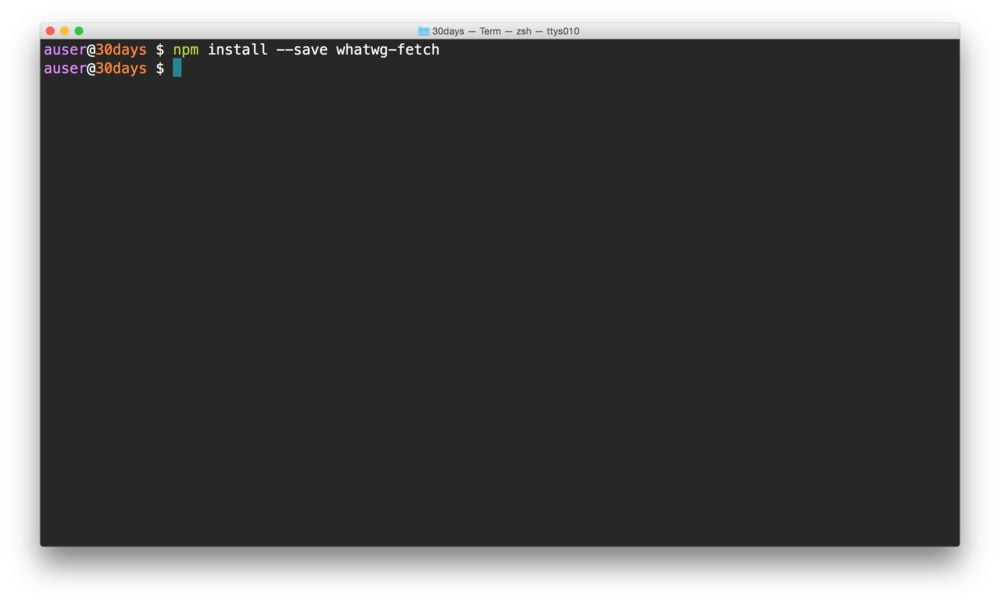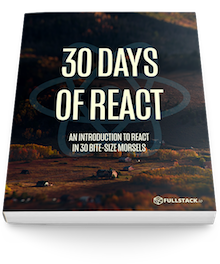We're ready to make an external request to fetch data! Today we're looking at the first step of making a call to an external API.
Our apps, until this point have largely been static. Even the data we displayed from Github was static data included in our project. Our apps are really only as interesting as the data we use, so let's make our apps more interesting.
Querying for remote data
The normal browser workflow is actually a synchronous one. When the browser receives html, it parses the string of html content and converts it into a tree object (this is what we often refer to as the DOM object/DOM tree).
When the browser parses the DOM tree, as it encounters remote
files (such as <link /> and
<script /> tags), the browser will request
these files (in parallel), but will execute them synchronously
(so as to maintain their order they are listed in the source).
What if we want to get some data from off-site? We'll make requests for data that's not available at launch time to populate data in our app. However, it's not necessarily that easy to do because of the asynchronous nature of external API requests.
Essentially, what this means is that we'll have to handle with JavaScript code after an unknown period of time as well actually make an HTTP request. Luckily for us, other people have dealt with this problem for a long time and we now have some pretty nice ways of handling it.
Starting with handling how we'll be making an HTTP
request, we'll use a library (called fetch,
which is also a
web standard,
hopefully) to make the http requesting easier to deal with.
Fetch
In order to use fetch, we'll need to install the library
in our app we previously created. Let's open up a
terminal window again and use npm to install the
whatwg-fetch library (an implementation of
fetch). In the same directory where we created
our application, let's call:
npm install --save whatwg-fetch

With the library installed, we can make a request to an
off-site server. In order to get access to the
fetch library, we'll need to
import the package in our script. Let's
update the top few lines of our src/App.js file
adding the second line:
import React, { Component } from "react";
import "whatwg-fetch";
// ...
The
whatwg-fetchobject is unique in that it is one of the few libraries that we'll use which attaches it's export on theglobalobject (in the case of the browser, this object iswindow). Unlike thereactlibrary, we don't need to get a handle on it's export as the library makes it available on the global object.
With the whatwg-fetch library included in our
project, we can make a request using the
fetch() api. However, before we can actually
start using the fetch() api, we'll need to
understand what Promises are and how they work to deal with
the asynchronous we discussed in the introduction.
We'll pick up with promises tomorrow. Good
job getting through week two and see you tomorrow!




